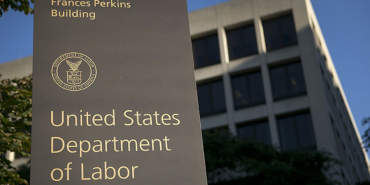Australia to Hike Skilled Visa Income Thresholds in 2025

Australia is poised to implement substantial increases to its skilled visa income thresholds on July 1, 2025, signalling a firm stance on fair wage practices for foreign workers.
The move, designed to align migrant salaries with Australian wage standards, is set to impact numerous visa categories and will require employers to adjust their remuneration strategies. The annual adjustment pegged to the Average Weekly Ordinary Time Earnings (AWOTE) index, is a key mechanism for ensuring equitable compensation and preventing the potential exploitation of skilled migrants. With Australia heavily reliant on skilled migration to fill critical labour shortages, the government aims to maintain a level playing field for both domestic and foreign workers.
A primary element of the upcoming changes is the Core Skills Income Threshold (CSIT), which will rise from AUD 73,150 to AUD 76,515. This threshold applies to applicants under the Core Skills stream of the Skills in Demand visa (subclass 482) and the Employer Nomination Scheme visa (subclass 186). The revised CSIT seeks to guarantee that individuals in vital skilled roles receive appropriate compensation, reflecting their economic contributions.
For highly specialized roles, the Specialist Skills Income Threshold (SSIT) will increase from AUD 135,000 to AUD 141,210. Affecting the Specialist Skills stream of the Skills in Demand visa (subclass 482), this adjustment aims to attract professionals with niche expertise while establishing competitive salary benchmarks. The Temporary Skilled Migration Income Threshold (TSMIT) is also slated to align with the CSIT, increasing to AUD 76,515.
Subject to legislative approval, this change will apply to the Skilled Employer Sponsored Regional visa (subclass 494) and the Regional Sponsored Migration Scheme visa (subclass 187). The new thresholds will apply to all nomination applications submitted on or after July 1, 2025, including those under the Skills in Demand visa (subclass 482), the Employer Nomination Scheme (subclass 186), and regional visas such as subclasses 494 and 187.
Existing visa holders and applications lodged before this date will not be affected. Employers will be required to meet these new benchmarks or demonstrate that salaries are in line with the Annual Market Salary Rate (AMSR), whichever is higher. To ensure compliance, businesses must conduct thorough reviews of their wage structures and accurately determine the AMSR for relevant positions.








Comments
Good!
Permalink
Good!
Add new comment